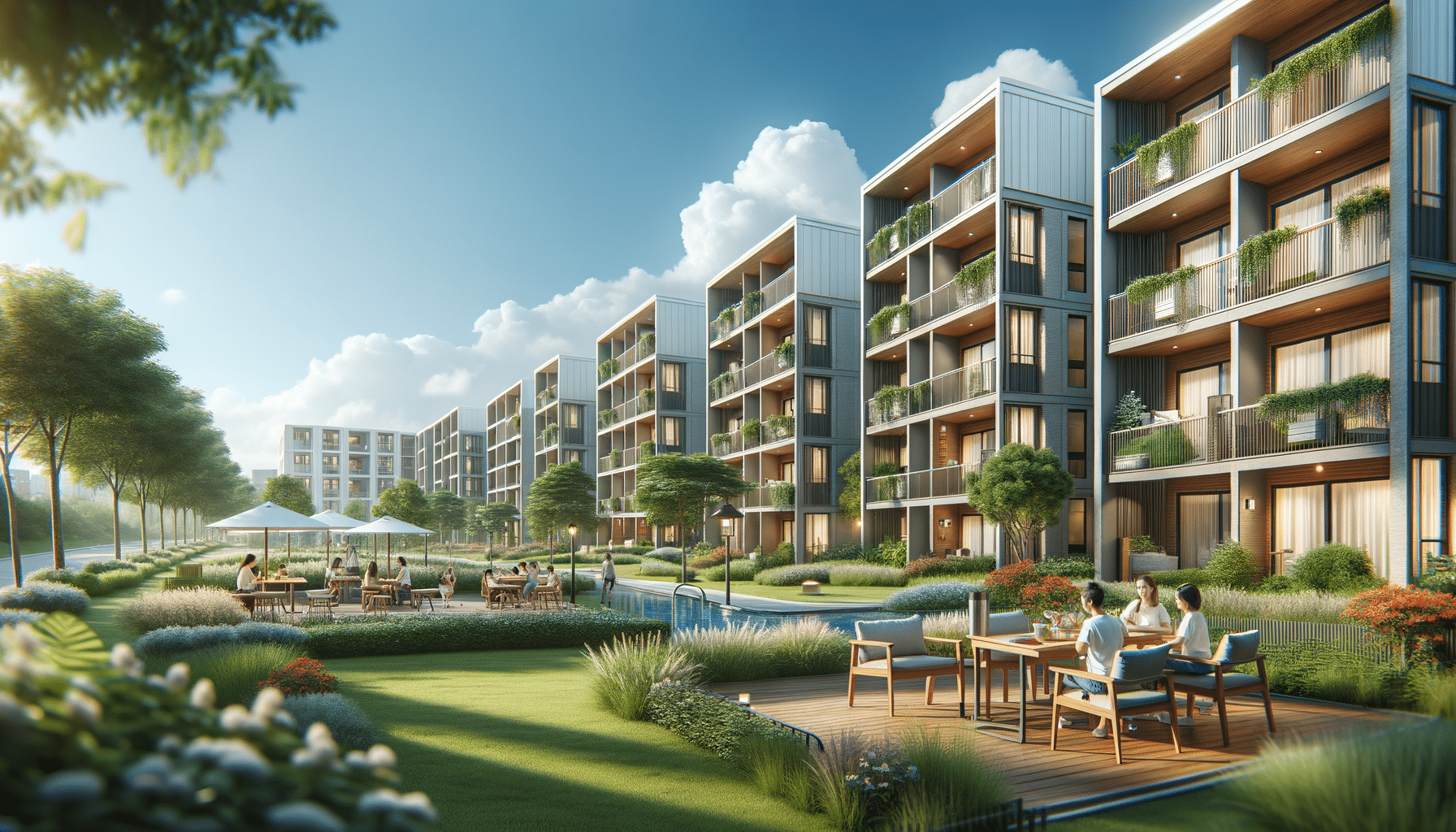
A Guide to Finding Affordable Apartments for Rent
Understanding What “Affordable” Means
When it comes to finding an apartment, the term “affordable” is subjective and varies widely based on individual circumstances. Factors such as location, income, and personal expenses all play a crucial role in defining what is affordable for each person. In metropolitan areas, where living costs are generally higher, what might be considered affordable could be significantly different from rural or suburban areas. To determine affordability, it’s essential to consider your monthly income and how much of it you can allocate to rent without compromising other financial obligations. A common guideline is to spend no more than 30% of your gross income on housing costs. This percentage allows you to maintain a balance between housing expenses and other necessities such as food, transportation, and savings.
Researching Potential Locations
Choosing the right location is a pivotal step in finding an affordable apartment. Location not only influences rental prices but also affects daily living aspects such as commute times, access to amenities, and neighborhood safety. Start by identifying areas that meet your lifestyle needs and budget constraints. Use online rental platforms and local listings to compare prices in different neighborhoods. Pay attention to the proximity of essential services like grocery stores, hospitals, and schools, as these can significantly impact your quality of life. Additionally, consider the availability of public transportation, which can reduce commuting costs and enhance convenience. By thoroughly researching potential locations, you can find an area that offers both affordability and the lifestyle you desire.
Evaluating Apartment Features and Amenities
When searching for an affordable apartment, it’s important to evaluate the features and amenities that are most important to you. While budget constraints might limit some options, many affordable apartments offer essential amenities that enhance comfort and convenience. Consider factors such as apartment size, layout, and included utilities. Some apartments may offer additional amenities like fitness centers, laundry facilities, or community spaces, which can add value without significantly increasing costs. Make a list of must-have features and prioritize them during your search. By focusing on what’s most important to you, you can find an apartment that offers a satisfactory living experience within your budget.
Negotiating Rent and Lease Terms
Once you’ve identified potential apartments, the next step is to negotiate rent and lease terms. Many renters are unaware that rent prices can be negotiable, especially if the apartment has been vacant for a while or if you’re willing to sign a longer lease. Approach negotiations with confidence and be prepared to discuss your budget and any competing offers you’ve received. In addition to rent, consider negotiating other lease terms such as the security deposit, pet policies, or lease duration. By being proactive and open to negotiation, you can potentially secure a more favorable rental agreement that aligns with your financial goals.
Making the Final Decision
After conducting thorough research and negotiations, it’s time to make the final decision on which apartment to rent. Revisit your list of priorities and evaluate each option based on how well it meets your criteria for affordability, location, and amenities. Consider the long-term implications of your choice, including potential rent increases and the overall cost of living in the area. Trust your instincts and choose an apartment that not only fits your budget but also feels like a place you can call home. Remember, an affordable apartment is one that balances cost with quality of life, providing a comfortable and sustainable living environment.


